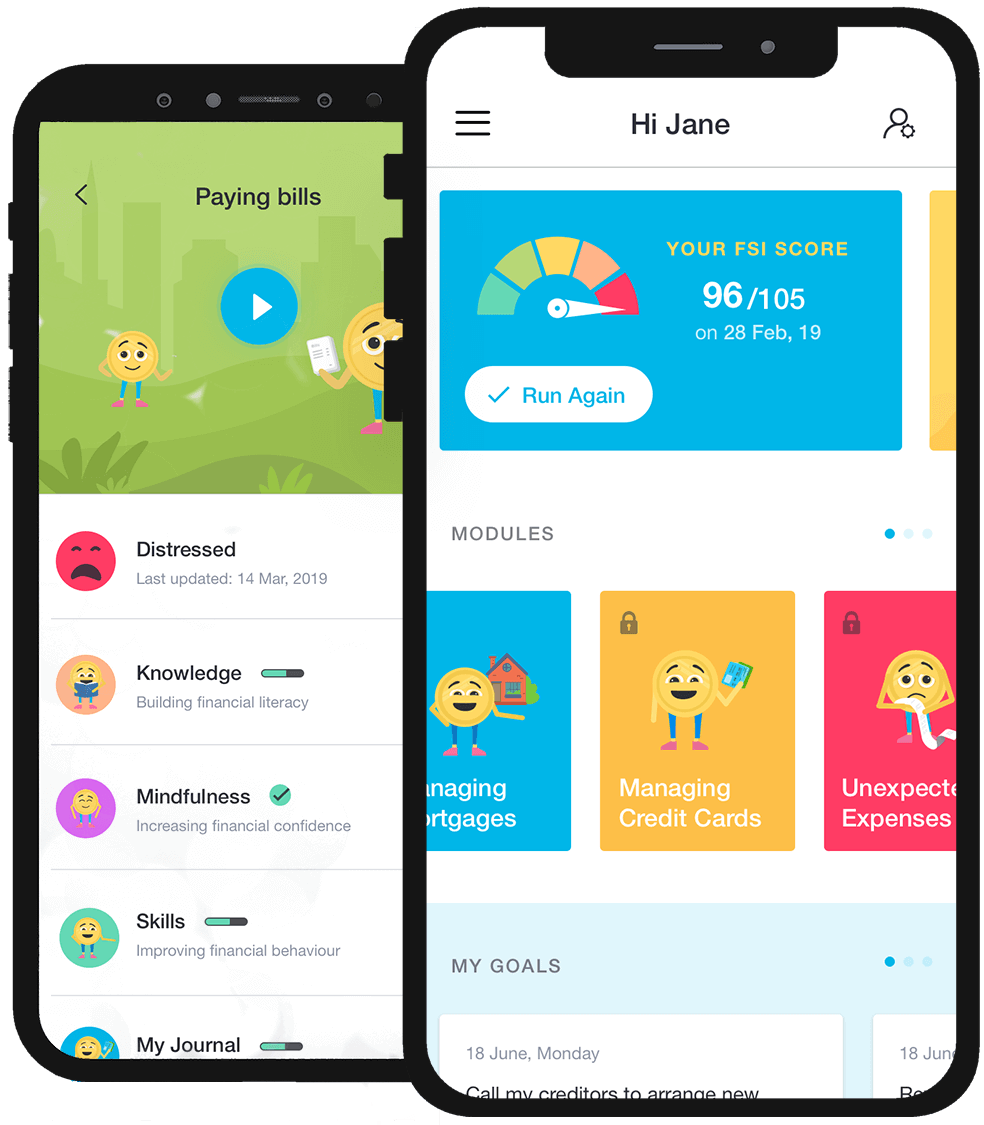[email-subscribers-form id=”2″]
How to budget successfully
How to budget successfully.
Last week we established that budgeting isn’t easy, so you need to understand why it’s a behaviour that must be followed up with regular – even daily – actions.
We covered in detail why budgeting is essential to improving your finances, using several examples and looking at many reasons why budgeting has to become part of your life for you to behave more mindfully with your money.
Remember, the ultimate goal is to improve your relationship with your finances to move out and avoid financial stress so you can get ahead and live a financially stress-free life.
Let’s take these steps and learn how to budget.
Step 1: Properly determine your household income
Determining the regular amounts of money received for you and your household is the first step.
Many people do not receive the same amount each pay period. There could be different rosters each week, different pay amounts due to overtime, penalty rates, or shifts worked.
The goal here is to review your payslips and last year’s payment summary to understand your income clearly.
Review the last three months of pay and calculate the average.
Review for any pay amounts that are unusually high or low and think about whether these fluctuations should affect your calculation of what you earn. Consider how things like unpaid leave or unusually long hours (that you cannot sustain) impacted your income.
Try to budget on what income is certain and regular from your employment, other sources and use the after-tax amounts.
It is important to consider all income sources. You may have a second job, receive Government benefits, support payments from a previous spouse and investment income.
Include all income sources to calculate your total income.
Record all this in a spreadsheet. There are good online templates available for free. Money Smart has a great budget planner. You can access a number of budgeting apps or ask a trusted friend who has been successfully budgeting to run you through how they keep their records.
Step 2: Begin tracking your living expenses
This is about fully understanding what your living expenses have been over the past three months. Select a long enough period to reflect what expenses typically occur. This may be a period longer than three months, select the period that works for you. Three months should be the minimum.
To calculate the total, you should examine all the sources of spending, including:
-
- Credit card statements;
- Store cards;
- Buy now, pay later accounts (i.e. Afterpay, ZipMoney); and
- Bank statements also account for cash payments.
Review direct debits for all your accounts to make sure they are included.
Look for amounts that you have transferred between accounts you own.
These should be excluded from your calculation; otherwise, you will double-count some of your expenses.
Lastly, look for any one-off amounts and do not occur more frequently than yearly (not a bill like annual insurances or car maintenance). Remove these from your calculations.
As you are doing this, you are bound to notice spending patterns. You’ll see how much, for example, you spend on those morning coffees or evening takeaway dinners.
It could be the cost of various streaming services that stand out.
Pause on these discoveries as you go through and ask yourself honestly: do you use and need all these things? Can I alter my behaviour, for example, make coffee at home. What difference would it make to your life if you didn’t have these types of products and services and their associated costs?
This is an excellent time to review your subscriptions that you may not use regularly.
Question yourself here: ask whether you are receiving value from these subscriptions and discontinue if you are not. Remember, even small amounts can add up and make a difference over time.
In Australia, unused subscriptions are very significant. Research conducted by Finder.com.au found Australians are wasting nearly $4 billion a year on unused subscription services. Collectively Australians have 56.7 million subscriptions – about three each per person – costing about $40 per month. The most popular subscription services include Netflix, Spotify, Foxtel and Stan.
Now add up the amount spent from each account for three months.
Allocate these expenses into three categories:
-
- Fixed;
- Variable; and
- Irregular.
Factor in any major annual or bi-annual expenses you know are coming if you have household items that will need replacing, for example, microwave, hot water system, washing machine or dryer.
Make sure you factor in the replacement costs of those appliances that are nearing the end of their useful life. These are often overlooked.
Step 3: Balancing the budget
Take your income and expenses for the same three months.
Subtract the expenses from the income and see if you have earned more than you have spent.
If you have a surplus – congratulations!
You might like to consider whether this is sufficient to ensure you can cope with any unexpected expense like those replacement costs.
What happens if your expenses exceed your income?
First, don’t panic.
If you do not have a surplus (i.e., more expenses than income), the first step is to review your expenses a second time to determine any expenses you can change or cut completely.
Step 4: Go back and review your expenses
No, really, do this part again – this may be annoying, but it is crucial. Cut and change those non- essentials.
Some suggestions to modify your expenses are:
-
- Changing the frequency of the expense. An example could be eating out less often;
- Renegotiate with your service providers. An example could be changing the mobile phone plan and electricity provider;
- Review personal, general and car insurance to ensure you are getting the best deal and make sure you are not over-insured;
- Consolidate debts to reduce interest charges;
- Refinance your home loan and select the most suitable product;
- Select one TV streaming service, not three; and
- Avoid impulse spending on lifestyle items.
Often in reducing expenses, you don’t need to stop spending in a particular area altogether.
If you reduce the frequency of a few of these items, then you may be able to save enough to ensure your expenses are lower than your income.
If you still cannot balance your budget after reviewing all your expenses, you can look at your income.
Step 5: Review your income potential
It’s time to take an honest look at what you earn. This involves reviewing your capacity to earn extra income, including your potential for a second job or even the sale of unused or under-used possessions.
Some suggestions to modify your income are:
-
- A second job, such as an Uber driver on the weekends;
- Ask your employer if there is an opportunity for overtime; and
- Do you have unused possessions or items in the home that you could sell to free up space and boost your cash flow?
Selling unused and unwanted household items can be significant.
Online marketplace Gumtree estimates Australians could make an average of $5800 per household by selling about 19 unwanted or unused items lying around the home.
Gumtree’s 10th Second Hand Economy Report found 62% of Australians have pre-loved or unused home and garden items they would sell.
Step 6: Balancing the budget
After making those changes, hopefully, you have determined you can cover your cost of living, and that balancing your budget is very satisfying.
If you are in surplus, that will put a big smile on your face. Having surplus money gives you choices, and that is empowering; you can make decisions around investments, lifestyle and your ability to support others.
If you are still struggling with balancing your budget, you can seek support. You could consider contacting a financial counsellor or a budgeting coach for help.
Next week we look at how to maintain a budget.









